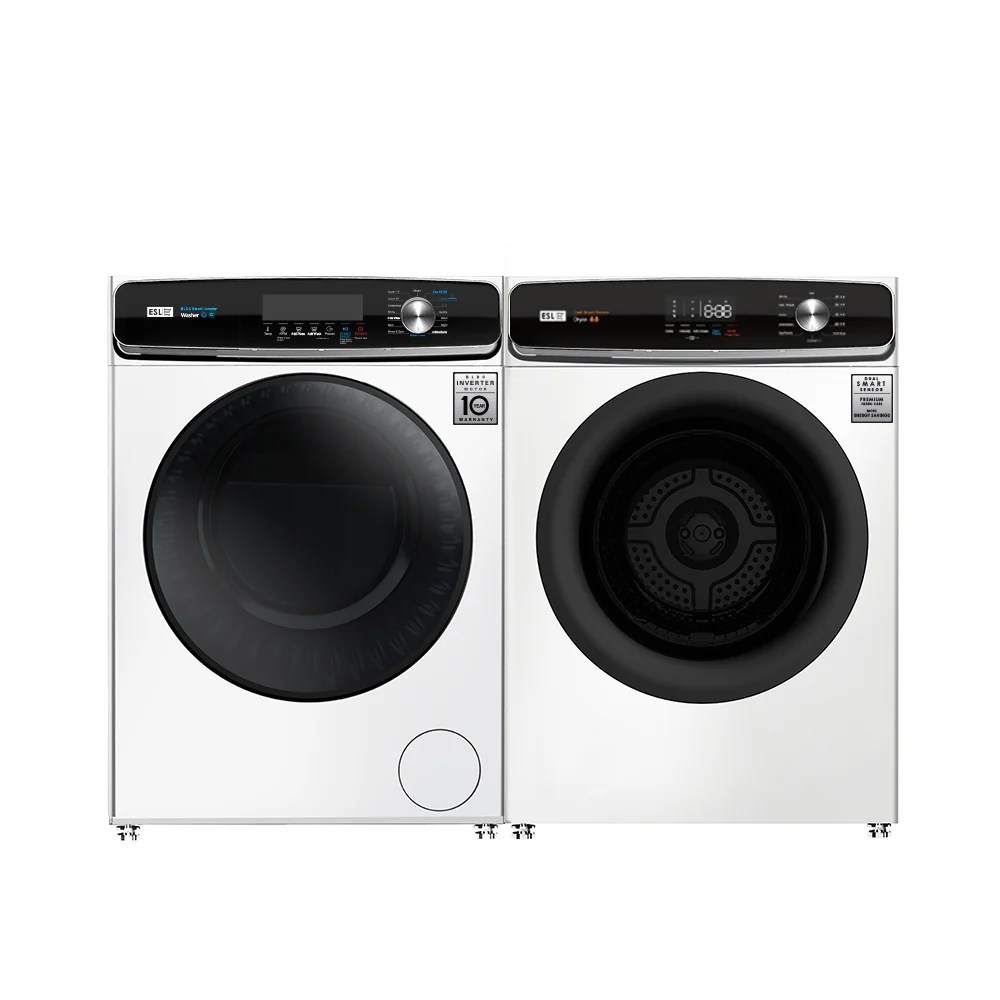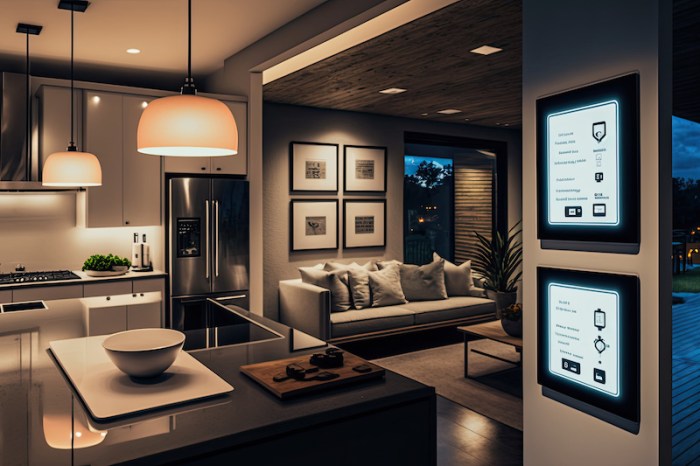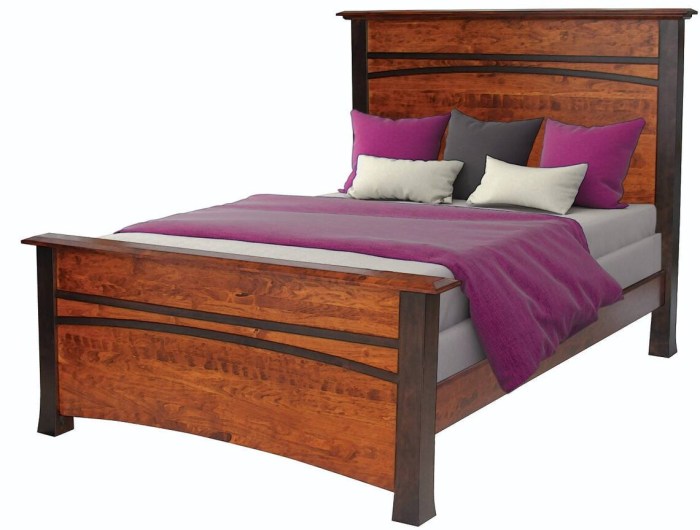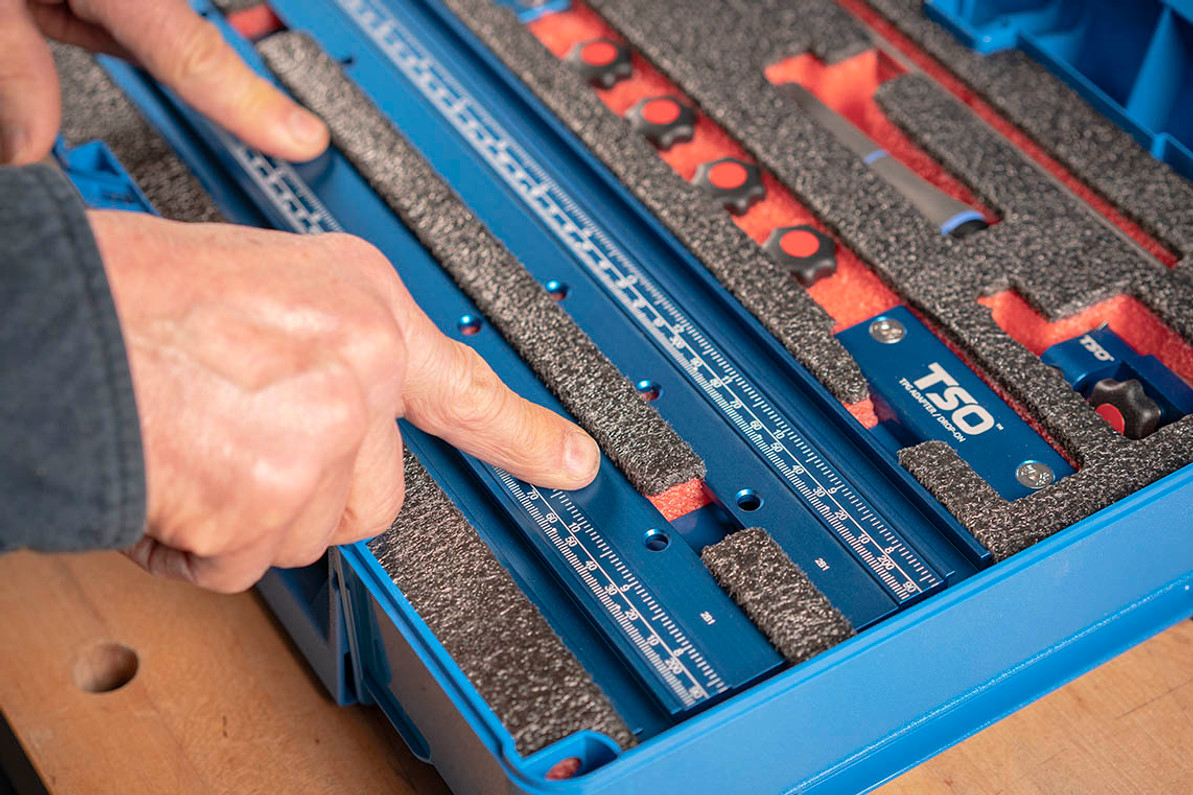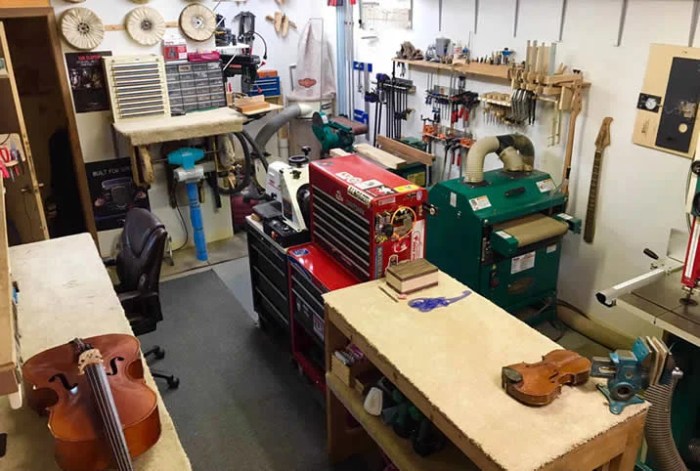
Welcome to the electrifying world of electric kettles where water boils faster than you can say “tea time!” These sleek little appliances are the culinary equivalent of a superhero, swooping in to save us from the perils of lukewarm beverages. No more waiting around for that kettle to whistle like an opera singer—electric kettles have arrived to upgrade our sipping game!
In the bustling realm of modern kitchens, electric kettles shine bright with their myriad features and styles. From the minimalist designs that fit snugly in the corner to those that boast fancy temperature settings worthy of a chemistry lab, these gadgets are not just quick; they are energy-efficient marvels that sip power while giving us hot water in a flash.
Let’s explore the world of electric kettles and see what makes them essential for every home chef!
Electric Kettles
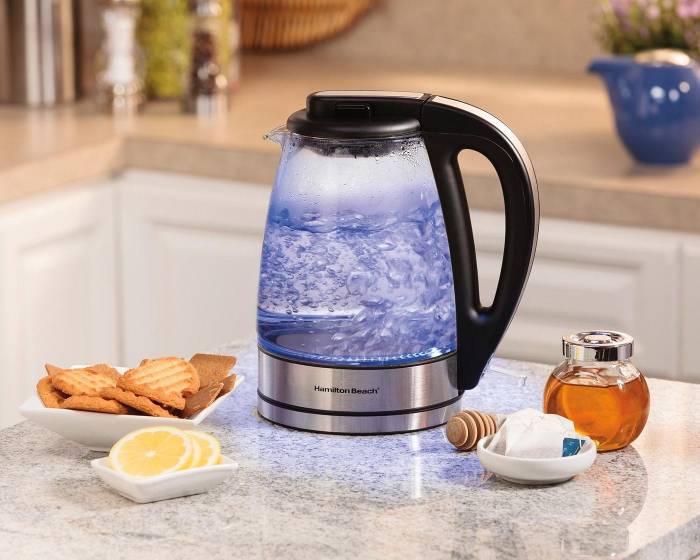
Electric kettles have revolutionized the way we boil water, combining speed, efficiency, and a touch of modern flair. Gone are the days of hovering over the stovetop, waiting impatiently for the kettle to whistle—now, with just the flick of a switch, you can have your hot water ready in a flash. Ideal for tea lovers, instant coffee aficionados, or anyone who enjoys a good bowl of ramen, electric kettles are a staple in contemporary kitchens, merging functionality with user-friendly design.Electric kettles come in a variety of types, each boasting unique features tailored to different needs.
From compact models perfect for small spaces to high-tech versions with temperature control and keep-warm functions, there’s a kettle for every kitchen personality. Their designs also vary widely, offering everything from sleek stainless steel exteriors to vibrant colors that can brighten up any countertop. With different capacities and functionalities, it’s essential to select a kettle that fits your lifestyle, ensuring that your boiling needs are met quickly and stylishly.
Main Features of Electric Kettles
Electric kettles are packed with features that make them essential tools in the kitchen. Here are some key highlights that showcase their importance:
- Rapid Boil Technology: Most electric kettles can boil water in under five minutes, making them perfect for those busy mornings when every second counts.
- Automatic Shut-Off: Safety first! Electric kettles typically feature an automatic shut-off function that kicks in once the water reaches its boiling point, preventing dry boiling and potential hazards.
- Temperature Control: Some models allow you to select specific temperatures for different beverages, ensuring that your tea or coffee is brewed to perfection. Different teas release their flavors best at various temperatures—who knew kettle science could be so sophisticated?
- Keep-Warm Function: This nifty feature maintains your water at a set temperature for a certain period, so you can leisurely sip on your tea without the need to reboil.
- Cordless Design: Many kettles now come with a cordless feature allowing you to lift the kettle off the base, making pouring a breeze and reducing clutter.
Types of Electric Kettles
The market is flooded with electric kettles, each tailored to meet various needs and preferences. Understanding these types can help you make an informed decision when choosing your perfect kettle:
- Standard Electric Kettles: These are the most common types and typically feature a simple on/off switch and a standard capacity of about 1.7 liters. They are perfect for everyday boiling needs.
- Temperature Control Kettles: Ideal for the discerning tea drinker, these kettles let you select precise temperatures to enhance the flavor of your beverages, showcasing their high-tech capabilities.
- Travel Kettles: Compact and lightweight, these kettles are designed for portability. They are perfect for travelers or those with limited kitchen space who still want the luxury of quick hot water.
- Glass Kettles: Offering a stylish aesthetic, glass kettles allow you to watch the water boil, making it a visually satisfying experience. Some models also feature LED lights that illuminate the water as it heats.
- Stainless Steel Kettles: Durable and sleek, these kettles offer a contemporary look while providing excellent heat retention and quick boiling capabilities.
Energy Efficiency of Electric Kettles
Electric kettles are not just quick; they are also energy-efficient compared to traditional stovetops. The design of electric kettles allows them to focus energy directly on boiling the water rather than heating up a large surface area. This means less energy is wasted in the process.
Using an electric kettle can save up to 70% more energy than boiling water on a stovetop.
When you boil water for a cup of tea or instant noodles, the energy savings add up, especially for those who frequently prepare hot beverages. Real-life estimates indicate that using an electric kettle consumes approximately 0.1 kWh per use, while an electric stovetop might consume about 0.2 kWh for the same task. This energy efficiency not only benefits your wallet but also contributes positively to the environment by reducing your carbon footprint.
So, while you’re enjoying your hot cup of tea, you can feel good knowing you’re also being kind to Mother Earth!
Home Appliances
Electric kettles have become a staple in modern kitchens, transforming the way we approach our daily hot beverage rituals. Gone are the days of waiting impatiently for water to boil on the stove, as these sleek and efficient appliances deliver piping hot water with just the flick of a switch. Their integration into the home appliance category is not just about speed; it’s also about convenience, safety, and versatility, allowing us to brew tea, coffee, or even instant noodles with little more than a thought.Electric kettles epitomize the modern home appliance, seamlessly fitting into the lifestyle of those who value efficiency and ease.
With a variety of designs and features, they cater to every need, from the busy professional to the leisurely tea enthusiast. The role of electric kettles extends beyond mere heating; they offer precision temperature controls, automatic shut-off features, and even keep-warm settings that ensure your water is always at the perfect temperature, ready for your next cup.
Comparison of Popular Electric Kettle Brands
When selecting an electric kettle, understanding the features of various brands can significantly enhance your purchasing decision. Below is a comparison table showcasing some of the top electric kettle brands and their standout features.
| Brand | Capacity | Power (W) | Special Features |
|---|---|---|---|
| Breville | 1.8 L | 1500 W | Variable temperature control, keep warm function |
| Cuisinart | 1.7 L | 1500 W | Stainless steel body, LED indicator |
| Hamilton Beach | 1.7 L | 1500 W | Auto shut-off, boil-dry protection |
| KitchenAid | 1.5 L | 1500 W | Whistling feature, multiple colors available |
| Instant Pot | 1.0 L | 1200 W | Multi-purpose use, programmable settings |
These brands stand out in the electric kettle market, each offering unique features that cater to different preferences and needs. Whether you seek the precision of temperature control or a kettle that doubles as a multi-cooker, there’s a perfect option waiting to grace your countertop.
Tips for Maintaining Electric Kettles
To ensure that your electric kettle continues to perform optimally and enjoys a long life, it’s essential to follow a few simple maintenance tips. Taking care of your kettle is like nurturing a fine wine; treat it well, and it will serve you faithfully! Regular descaling is vital to prevent mineral buildup, especially if you live in an area with hard water.
Use a vinegar and water solution, or a commercial descaler, to keep your kettle’s heating element free from limescale. Additionally, always empty the kettle after use to prevent stale water from becoming a science experiment!
“A well-maintained kettle is a happy kettle, and a happy kettle makes for a happy tea time.”
Ensure the kettle’s exterior remains clean by wiping it down with a damp cloth regularly, avoiding harsh chemicals that could scratch the surface. Lastly, check the power cord and connections periodically for any signs of wear and tear—your kettle deserves to be treated like royalty on your kitchen throne!Incorporating electric kettles into your home appliance lineup not only enhances convenience but also adds a dash of modern flair to your kitchen adventures.
Cheers to a hot cup of whatever warms your heart!
Home Improvement

In the world of home improvement, the kitchen reigns supreme as the heart of the home. Enter the electric kettle, a hero in the culinary saga that not only brews your morning elixir but also adds a dash of style to your kitchen. From modern minimalism to cozy rustic charm, this versatile appliance offers endless design possibilities while keeping utility at the forefront.
Design Ideas for Electric Kettles in Various Kitchen Styles
Incorporating an electric kettle into your kitchen’s design is not merely functional; it’s also an opportunity to make a style statement. Here are some ideas tailored to different kitchen aesthetics:
- Modern Chic: Consider sleek stainless steel or a matte black kettle. A floating shelf with minimalist decor and a kettle resting on it can create a clean, unobtrusive look.
- Rustic Retreat: A vintage-inspired kettle in pastel colors or copper can complement wooden countertops and cabinets. Pair it with mason jar storage for a charming farmhouse vibe.
- Industrial Edge: Opt for a kettle with a rugged design, possibly in cast iron or exposed metal. Use it alongside reclaimed wood elements and industrial-style lighting for an authentic urban look.
- Contemporary Elegance: Choose a kettle with a glass body that showcases the boiling water within. This transparent beauty can stand out against sleek marble countertops and contemporary cabinetry.
Organizing Kitchen Appliances for Maximum Efficiency
A well-organized kitchen not only looks great but also enhances your cooking efficiency. Here are some strategies to keep your electric kettle and other appliances in check:
- Designated Zones: Create specific areas for different tasks, like a coffee station where your kettle sits beside your coffee maker and sugar bowl.
- Vertical Storage Solutions: Use wall-mounted racks or pegboards to keep your kettle and other frequently used items within easy reach while saving counter space.
- Drawer Dividers: Keep the chaos at bay by organizing small appliances and accessories in drawers with dividers, ensuring that everything has a designated spot.
- Appliance Garage: Design an appliance garage in your kitchen cabinetry for a clean look. Slide open the doors to reveal your electric kettle, toaster, and more, keeping the countertop clutter-free.
Energy Efficiency Contributions of Electric Kettles
Electric kettles are not just sleek and stylish; they also make a significant impact on energy efficiency, especially in home improvement projects.
Using an electric kettle can be up to 90% more energy efficient than boiling water on the stove.
This efficiency stems from several factors, including:
- Rapid Heating: Electric kettles heat water faster than traditional methods, reducing energy consumption for quick brews.
- Energy-Saving Features: Many models come with automatic shut-off functions, ensuring that no energy is wasted once the water has reached a boil.
- Precise Heating: Some kettles allow you to set specific temperatures for different beverages, ensuring you only heat what you need, thus conserving energy.
By incorporating electric kettles into your home improvement projects, you not only enhance your kitchen’s style but also contribute to a more energy-efficient household. Who knew that boiling water could be so chic and eco-friendly?
Summary
As we wrap up our kettle quest, it’s clear that electric kettles are not just appliances; they are modern-day wizards that transform water into steaming elixirs with a flick of a switch. Whether you’re a tea aficionado or a hot chocolate enthusiast, they bring convenience, style, and a dash of magic to our kitchens. So, raise your mugs and toast to the electric kettle—a true hero of hot beverages!
Questions and Answers
How long does it take to boil water in an electric kettle?
Typically, it takes about 3 to 5 minutes, depending on the kettle’s wattage and the amount of water.
Are electric kettles safe to use?
Absolutely! Most electric kettles come with safety features like automatic shut-off and boil-dry protection.
Can I use my electric kettle for other purposes?
Yes, you can use it to prepare instant soups, oatmeal, or even cook pasta in a pinch!
Do electric kettles consume a lot of electricity?
Nope! They are generally energy-efficient and use less power than traditional stovetops.
How do I clean my electric kettle?
A simple solution of vinegar and water does the trick! Just boil it and then rinse thoroughly.
